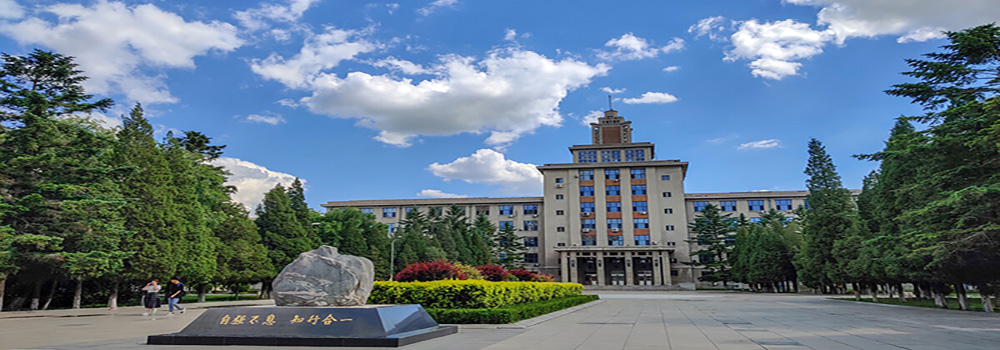| 8:25 am | Opening Remarks & Group Shot! |
| 8:30 am - 9:30 am | Skein lasagna modules |
| Ciprian Manolescu (Stanford University) | |
| Abstract: Skein lasagna modules were introduced by Morrison, Walker and Wedrich as an extension of Khovanov-Rozansky homology to the setting of a four-manifold and a link in its boundary. I will describe how to express the skein lasagna module in terms of a handle decomposition for the four-manifold, and compute some examples. The talk is based on joint work with Ikshu Neithalath, and on joint work with Kevin Walker and Paul Wedrich. |
| 9:40 am - 10:40 am | Lattice cohomology and q-series invariants of plumbed 3-manifolds |
| Slava Krushkal (University of Virginia) | |
| Abstract: I will introduce a combinatorially defined invariant of negative definite plumbed 3-manifolds, equipped with a spin-c structure. It unifies and extends two theories with rather different origins and structures. One is the theory of lattice cohomology, closely related to Heegaard Floer homology. The other invariant of 3-manifolds, with origins in physics, is a certain q-series defined by Gukov-Pei-Putrov-Vafa, which is conjectured to recover quantum invariants of 3-manifolds at roots of unity. (Joint work with R. Akhmechet and P. Johnson) |
| 10:50 am - 11:50 am | Slice obstructions from genus bounds in definite 4-manifolds |
| Maggie Miller (Stanford University) | |
| Abstract: Minimum genus bounds for surfaces representing specific homology classes in some 4-manifolds (especially connected sums of \(CP^2\)s) can be used to show that certain knots in \(S^3\) are not slice. For example, one genus bound due to Bryan in the 1990s can be used to show that the (2,1)-cable of the figure eight knot is not slice, recovering a result of Dai-Kang-Mallick-Park-Stoffregen from last summer based on Heegaard Floer (and related) homology. I'll talk about this construction, underlying motivation, and some interesting open questions that follow. This is joint work with Paolo Aceto, Nickolas A. Castro, JungHwan Park and András Stipsicz. |
| Noon | Lunch |
| 1:50 pm - 2:50 pm | Theta-graph surgery for diffeomorphisms of 4-manifolds |
| Tadayuki Watanabe (Kyoto University) | |
|
Abstract: We constructed diffeomorphisms of 4-manifolds by surgery along theta-graphs embedded in 4-manifolds. In this talk,
I will talk about our results on some properties of theta-graph surgery: nontriviality up to isotopy, extension to pseudo-isotopy,
fiberwise positive scalar curvature metrics. To obtain some of such properties, we describe theta-graph surgery by families of
framed links of 1- and 2-spheres in 4-manifolds and modify them by an analogue of Kirby calculus. To prove the nontriviality for
some 4-manifolds, we use an analogue of Kontsevich's configuration space integral invariant for a two-loop graph, which is in
a sense a higher dimensional analogue of the Casson invariant, according to a result by G. Kuperberg, D. Thurston, J. Marché, and C. Lescop. Part of this work is joint with Boris Botvinnik (partially based on a suggestion by Peter Teichner). |
| 3:00 pm - 4:00 pm | One-domination of 4-manifolds with cyclic fundamental groups |
| Yang Su (Chinese Academy of Sciences) | |
| Abstract: Based on the topological classifications of 4-manifolds with cyclic fundamental groups, we study the existence and finiteness of degree one maps between these manifolds. This is a joint work with Shicheng Wang and Zhongzi Wang. |
| 4:00 pm - 4:20 pm | Coffee Break |
| 4:20 pm - 5:20 pm | Floer homology and non-fibered knot detection |
| Steven Sivek (Imperial College) | |
| Abstract: Knot Floer homology and Khovanov homology are known to detect a small handful of knots, including the unknot, the trefoils, the figure eight, and the cinquefoil. In each case except that of the unknot, the fiberedness of the knots in question plays a crucial role in the proofs. In this talk, I'll discuss recent work with John Baldwin in which we show for the first time that both invariants can also detect non-fibered knots, including \(5_2\), and that HOMFLY homology detects infinitely many knots. The key input is a classification of genus-1 knots which are "nearly fibered" from the perspective of knot Floer homology. |
| 5:30 pm - 6:30 pm | Lecture 1 |
| Mark Powell (University of Glasgow) | |
| Abstract: Freedman's disc embedding theorem allows us to perform the Whitney trick in dimension 4, under special circumstances. It underpins all of topological 4-manifold theory. In the first lecture, I will explain an outline of the proof. |


